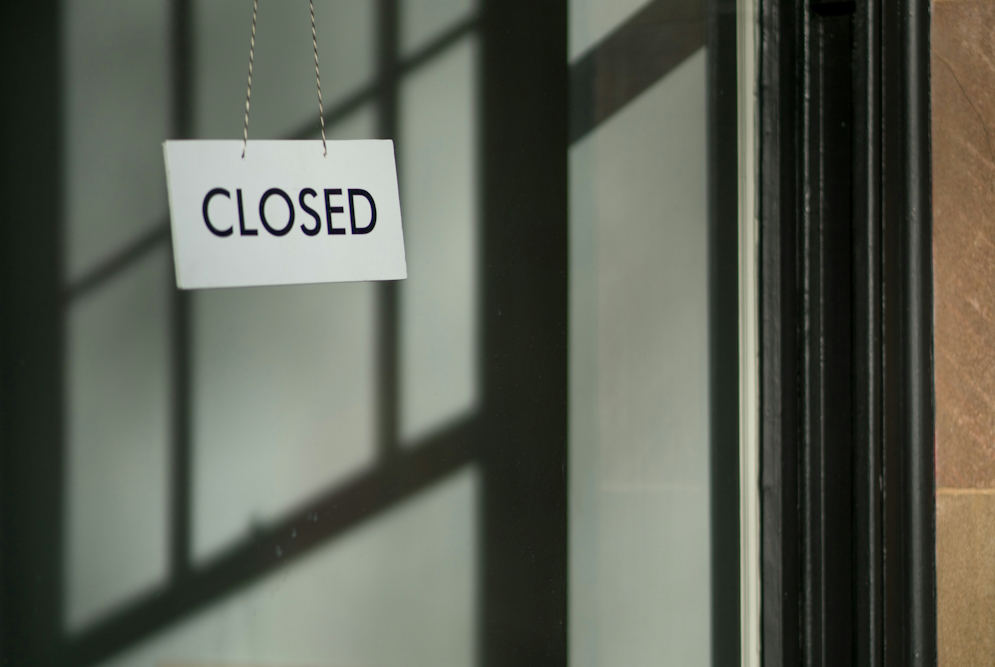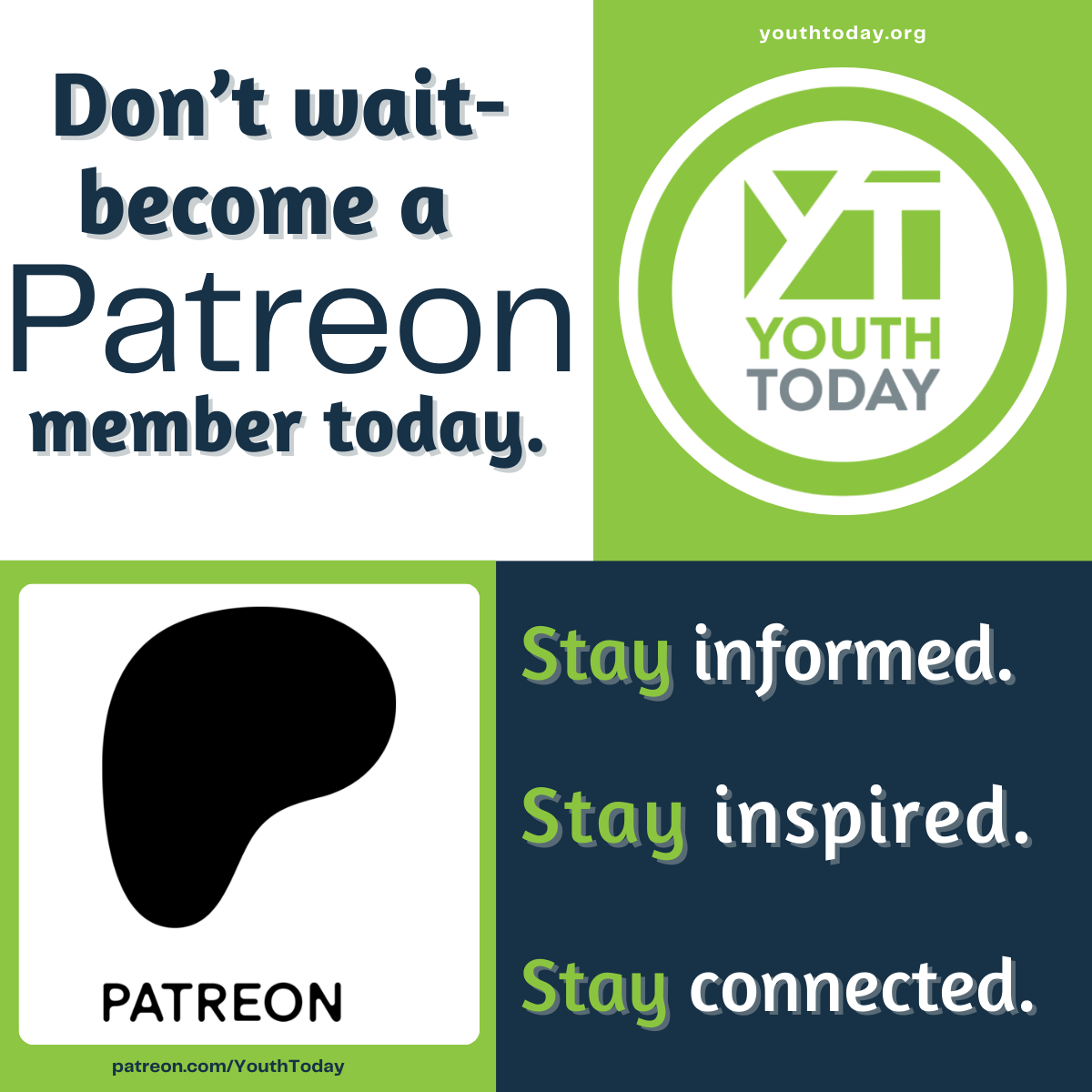This story first appeared at The 74, a nonprofit news site covering education.
Some readers may be surprised to learn that many U.S. high schools deny entry to legally eligible students. It is, after all, conventional wisdom that public schools are open to all families and that they eagerly seek to serve all potential students.

Courtesy Tim DeRoche
Tim DeRoche, Available to All
I, unfortunately, am not surprised at all. Jo Napolitano’s great investigative work confirms what my organization, Available to All, has seen in many different contexts: First, public school staffers often have incentives to turn away particular students, especially those who they perceive to be particularly difficult to educate. Second, there is little legal oversight of enrollment practices in most public schools. Finally, even where there are legal requirements, there is minimal oversight and enforcement.
There needs to be more legal oversight of school and district enrollment policies to ensure that public education is truly open to all.
• Districts have hired private detectives to spy on children after school, conduct residency checks and sometimes prosecute parents for accessing the “wrong” public school.
• An 8-year-old boy with a disability in Tucson was told he was no longer welcome at the school he was attending, and his “open enrollment” seat was being revoked because the special education program was full.
• A magnet school in Houston accepts $2 million in additional district funding every year for specialized programs, despite not admitting a single student from outside the attendance zone. The former superintendent of the Houston district calls this practice being “magnet in name only.”
• A scandal erupted in Philadelphia over a charter high school that, instead of using an admissions lottery as required by state law, gave privileged access to students from certain zip codes or preferred feeder middle schools. Meanwhile, empowered by state law, the Philadelphia school district operates over 240 schools using a default assignment system of feeder patterns based on the child’s address.
• In Tampa, a failing school closed, requiring the district to find a new school for hundreds of low-income elementary students. But not a single one of these students was allowed to enroll in the A-rated schools that were minutes from their homes. Instead, they were bused to majority-minority schools with much lower student achievement.
• Schools in Atlanta, Dallas and Chicago spent $10 million to $20 million each to add capacity to coveted public elementary schools, even though there were thousands of empty seats at nearby schools — just to preserve privileged access for families who bought homes in the attendance zone.
• Children in Roseville, California, were denied the opportunity to enroll in a brand-new elementary school just blocks from their home and instead were bused 20 minutes away to a school in the Center Joint Unified School District, because of an archaic, gerrymandered district line.
• A school board in a wealthy Connecticut suburb declined to participate in a pilot “open enrollment” program because it would have required admitting just 16 kids from neighboring Norwalk, which has more middle- and low-income students.
All of the above, except for the charter school’s admissions policies, are legal in 21st-century America under federal and state law.
Now, thanks to Napolitano’s reporting, we know there is another reason that schools will deny eligible students a seat in their school: their age and immigration status.
What these stories hint at is that public schools have a tough job, and sometimes staffers will be reluctant to take students who they perceive will be “harder to educate.” You can hear it from the school staffer in Napolitano’s story who claims, without any evidence, that the prospective immigrant student is “going to be a dropout.”
Something similar happens with schools that protect themselves through educational redlining — the attendance zone lines and district boundaries that schools use to turn certain kids away. In a recent related story in The 74, Marianna McMurdock quoted an anonymous school staffer as saying the lines are often “weaponized” to expel certain students whom the school would prefer not to deal with.
This is why the country so desperately needs reform in this area of the law. Last month, my organization published a report, “The Broken Promise of Brown v. Board of Ed: A 50-State Report on Legal Discrimination in Public School Admissions.” In the report, we call on state legislators to pass new laws that will hold public schools to the highest standards of openness. Families should have the legal right to apply to any public school, and the school should be required to publish a formal letter of denial if a child is rejected, explaining the legal basis for the decision. Every public school should be required to publish application and enrollment data, and every American family should have the right to appeal denial of enrollment to a neutral third party (as families already do in a handful of states, including California and Arkansas).
Napolitano’s reporting should also be a call to action for all journalists, nonprofits and government agencies in K-12 education:
The country needs more people who will shine a light on enrollment policies and hold public schools to their sacred mission of providing equal opportunity for all students.
***
Tim DeRoche is the founder and president of Available to All, a nonpartisan watchdog devoted to researching and defending equal access to public schools. He is the author of A Fine Line: How Most American Kids Are Kept Out of the Best Public Schools.
This story first appeared at The 74, a nonprofit news site covering education. Sign up for free newsletters to get more like this in your inbox.




























